Filmmaker Patrick Tomasso went to ARRI to ask some challenging questions, to understand the philosophy behind their cameras. We gathered some fascinating insight, but moreover, we understood that it all starts from the story. Yes, even a high-end camera which comprises state-of-the-art technology, was developed to help the artists tell a story.
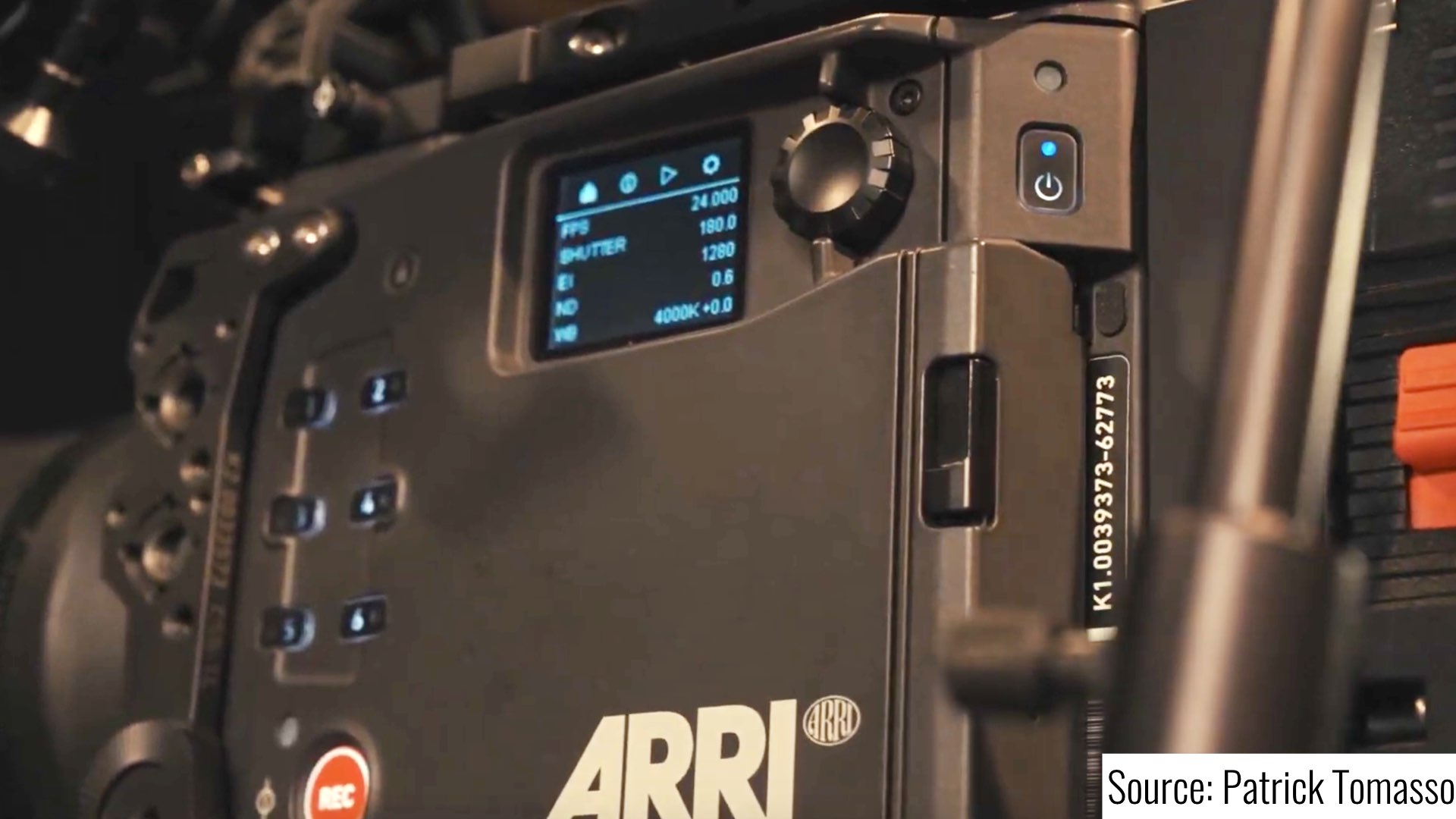
It all starts with the story
Filmmaker Patrick Tomasso visited ARRI’s creative studio in Toronto to talk about movies, cameras, and filmmaking. The ARRI’s Creative Studio in Toronto is a special place for cinematographers to do camera and lighting tests which can’t be meticulously performed on a busy movie set. Patrick has interviewed Francois Gauthier, who is a Technical Sales Representative at ARRI.
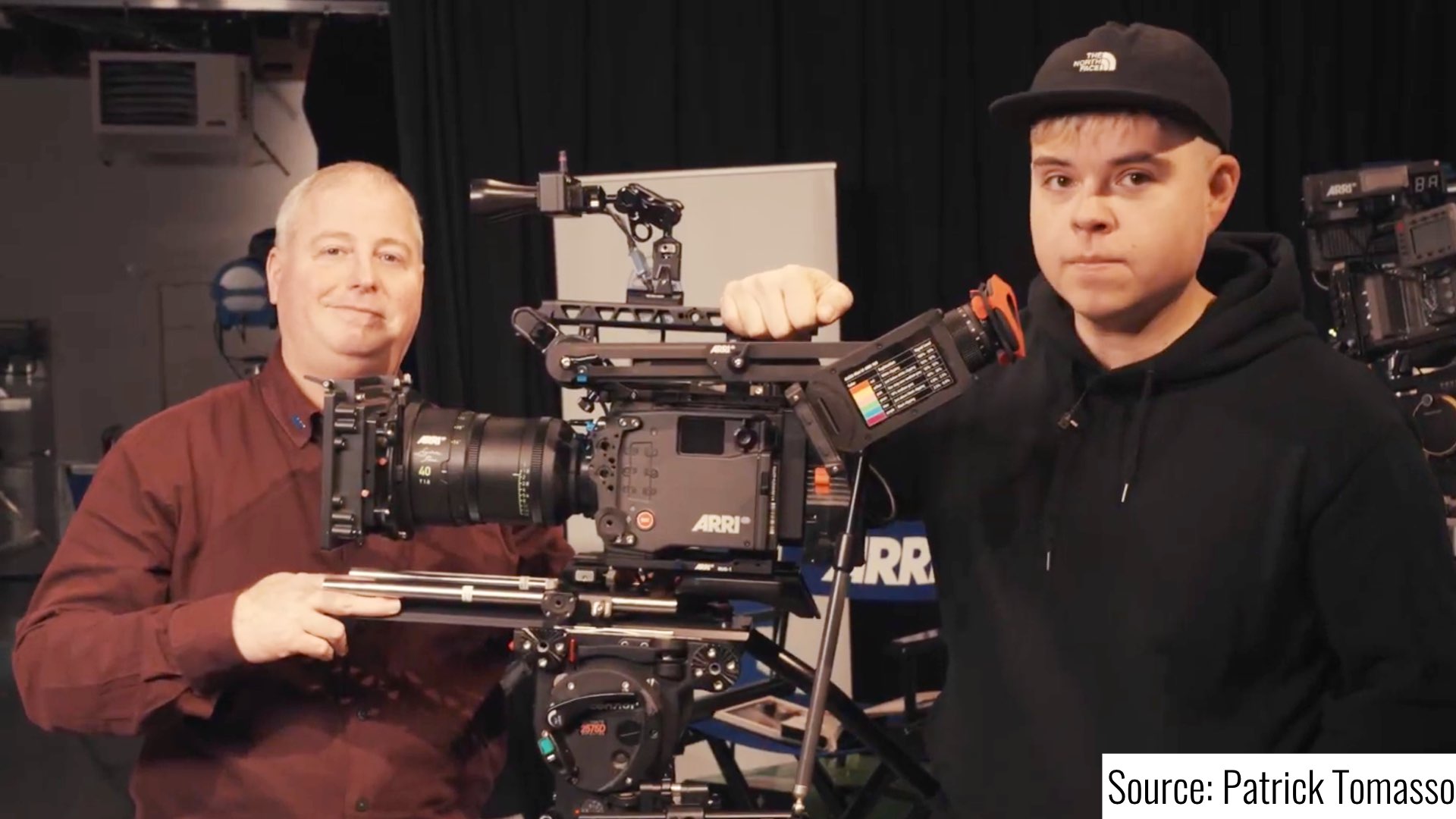
Francois explained that the camera is just a tool that helps the artists to deliver the story. Francois facilitated the explanation as follows. If you are a painter, you don’t need a camera – You just paint your story on the canvas. If you can tell your story in one picture, which can be a very challenging mission, then you are a photographer. However, if you want to level up yourself, and one picture isn’t enough for you to tell that story, then you might find moving pictures to be more preferred. And for that, you need a camera.
According to Fransois:
- If you have a great story, you have a book
- If you can light that story, you have a play
- If you can lens that story, you have a feature
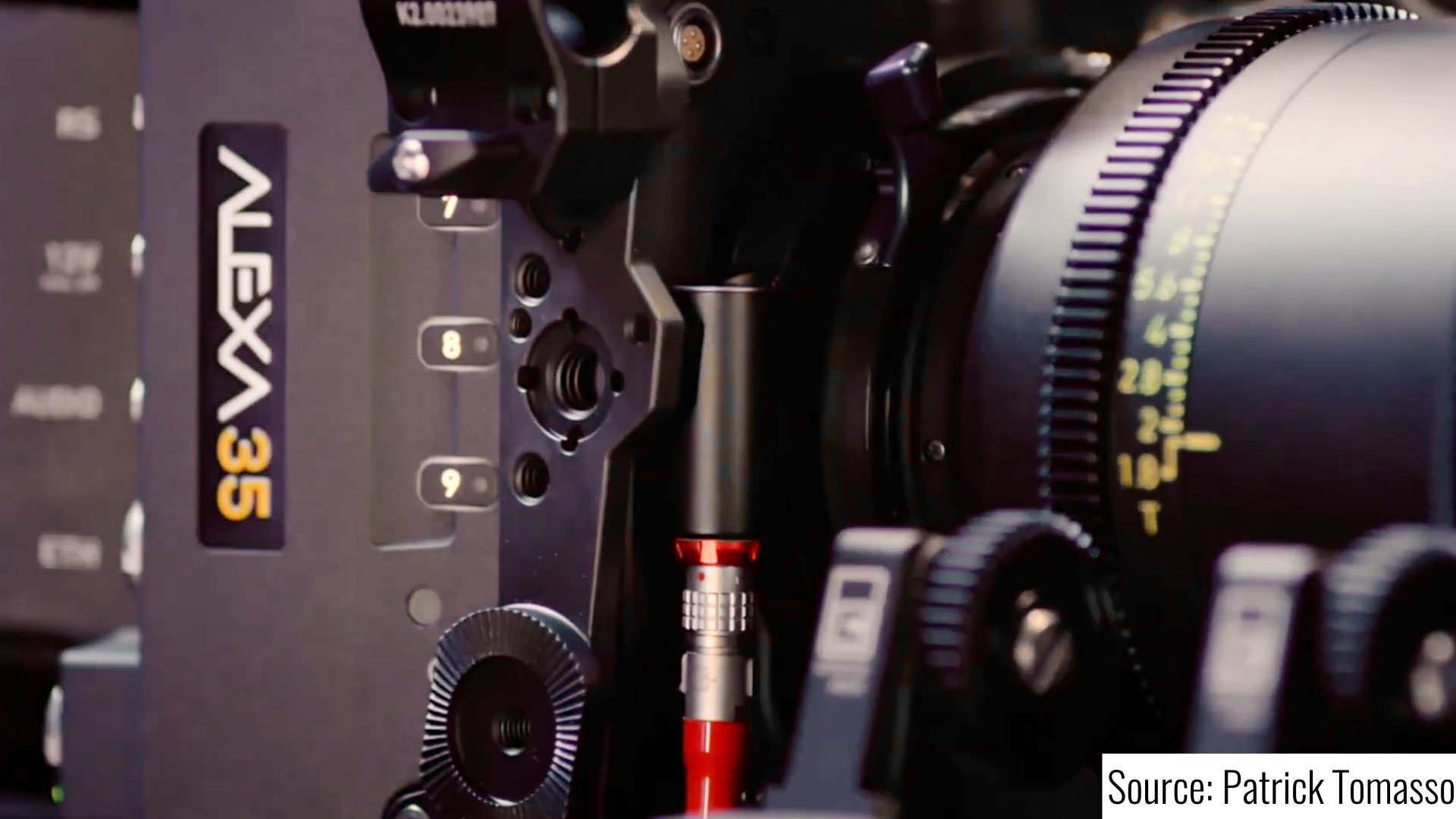
Form large format to (just) Super 35
Patrick is a smart guy. He didn’t hesitate and asked Fransois the demanded question: “You guys came out with a brand new camera, the ARRI 35. How do you find people responding now to Super 35 even though it’s a bit out of fashion?” ARRI has responded by mentioning that many unforgettable legendary movies, were shot in the 70s and still hold till today. For instance, we wrote about Stanley Kubrick’s The Shining which was shot on the ARRIFLEX 35 BL and emphasizes that this is a rare masterpiece as stated: “They don’t do like these anymore” (check out the video below):
Also, ARRI claims, and with good logic, that there’s a niche for Super 35 and a niche for large format. We have written a decent amount of articles about the comeback of Super 35 and its necessity in modern filmmaking. Additionally, there’s a medium format like the ALEXA 65, but this is for dedicated purposes of storytelling.
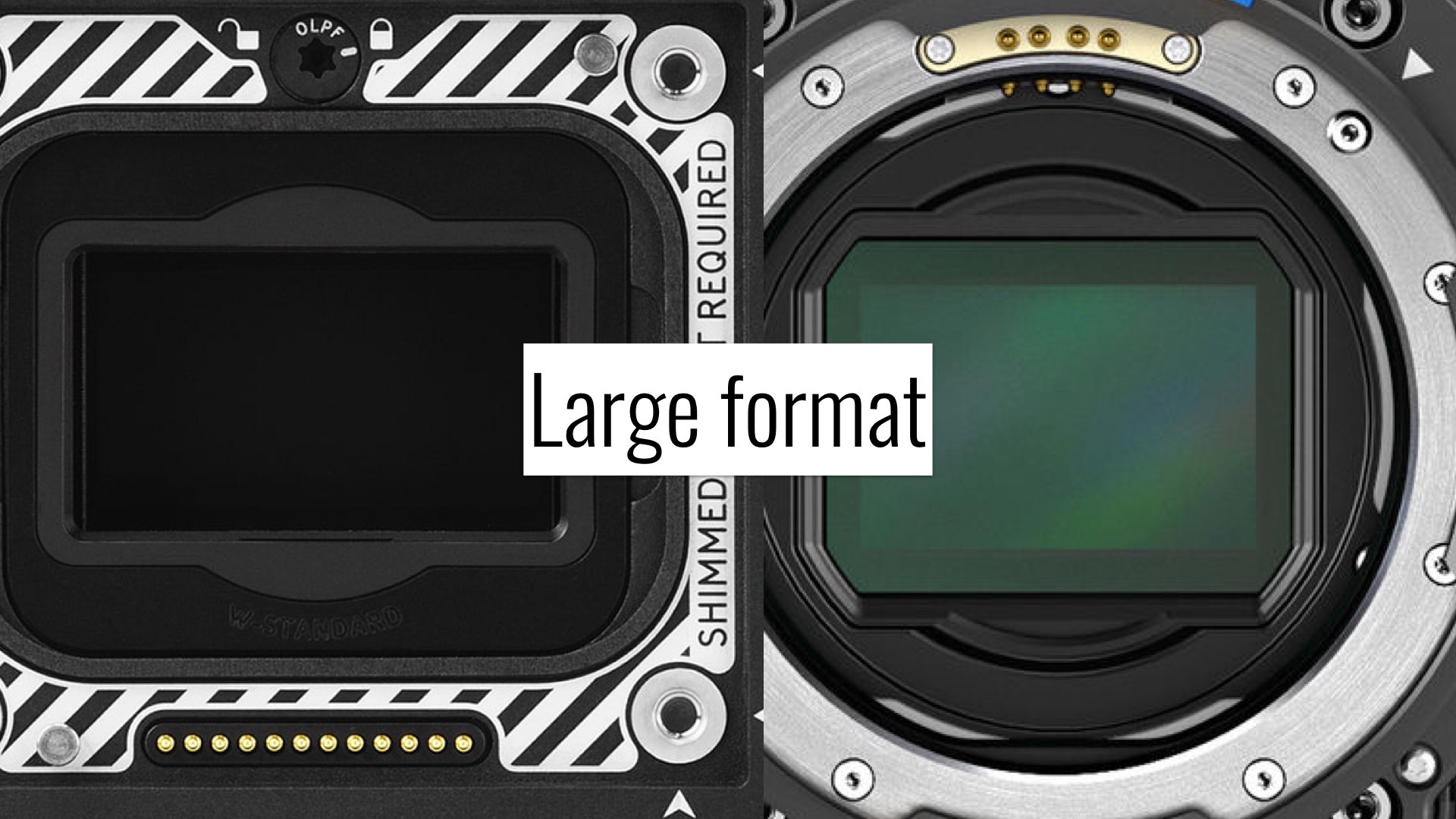

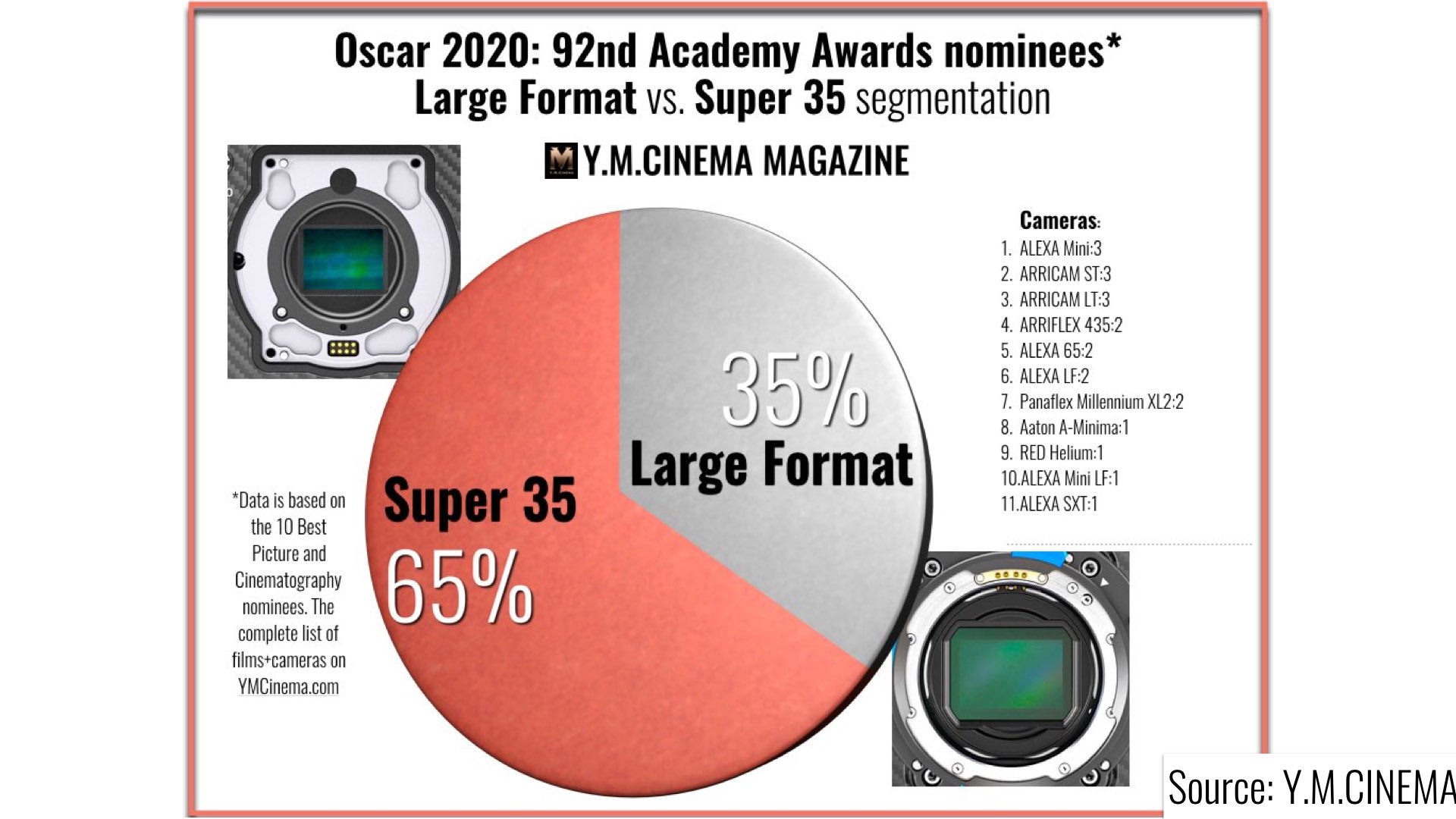
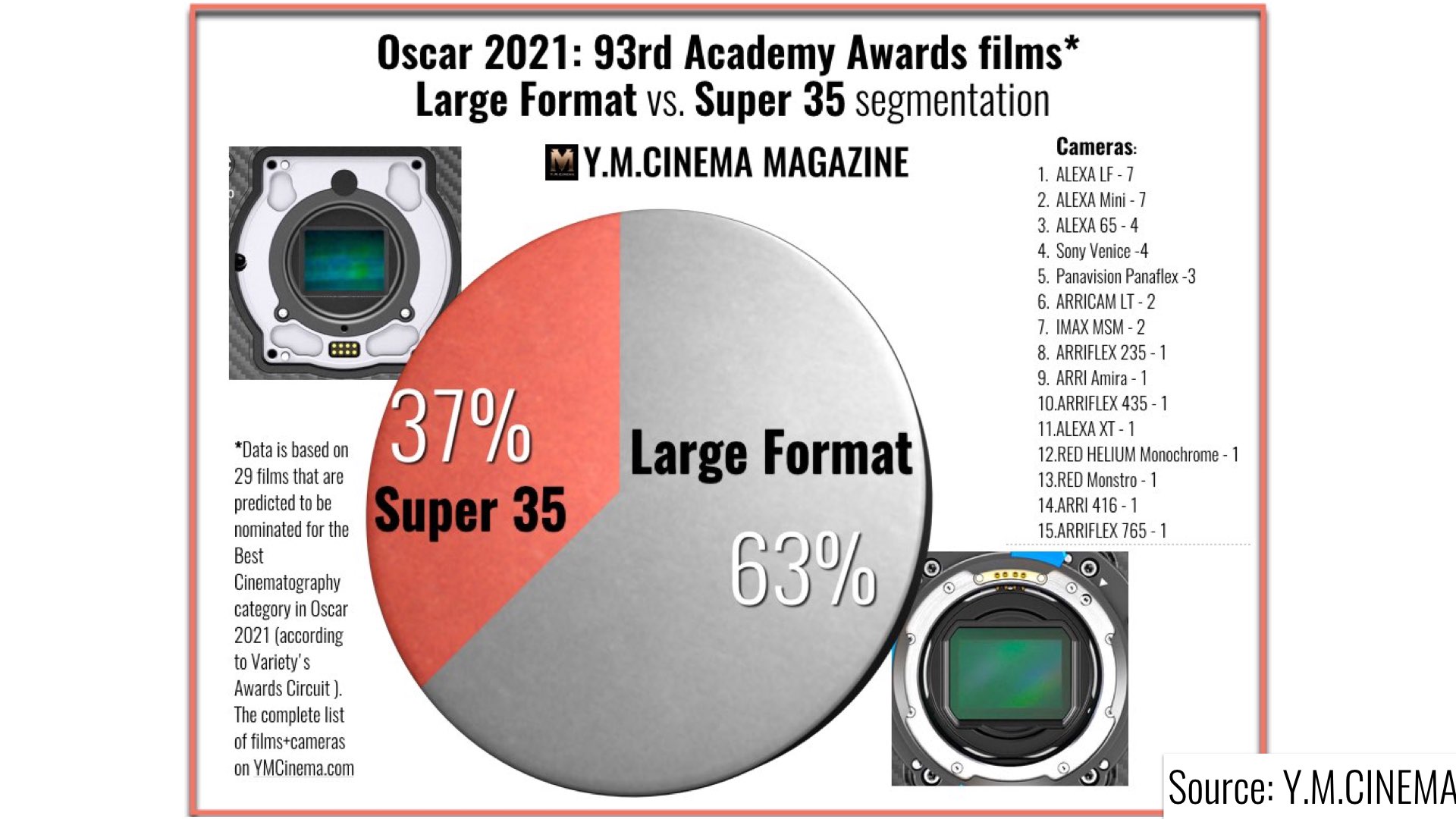
The business aspect
Francois also talks about the valid business aspect. For instance, rental houses that invested in Super 35 glass, would be happy with the ARRI 35 since it allows them to perfectly utilize these lenses, as opposed to investing a huge amount of money on large format lenses. Also, the old Super 35 is characterized by a vintage look, and the ARRI 35 was designed to preserve that look with the help of specialized functions.
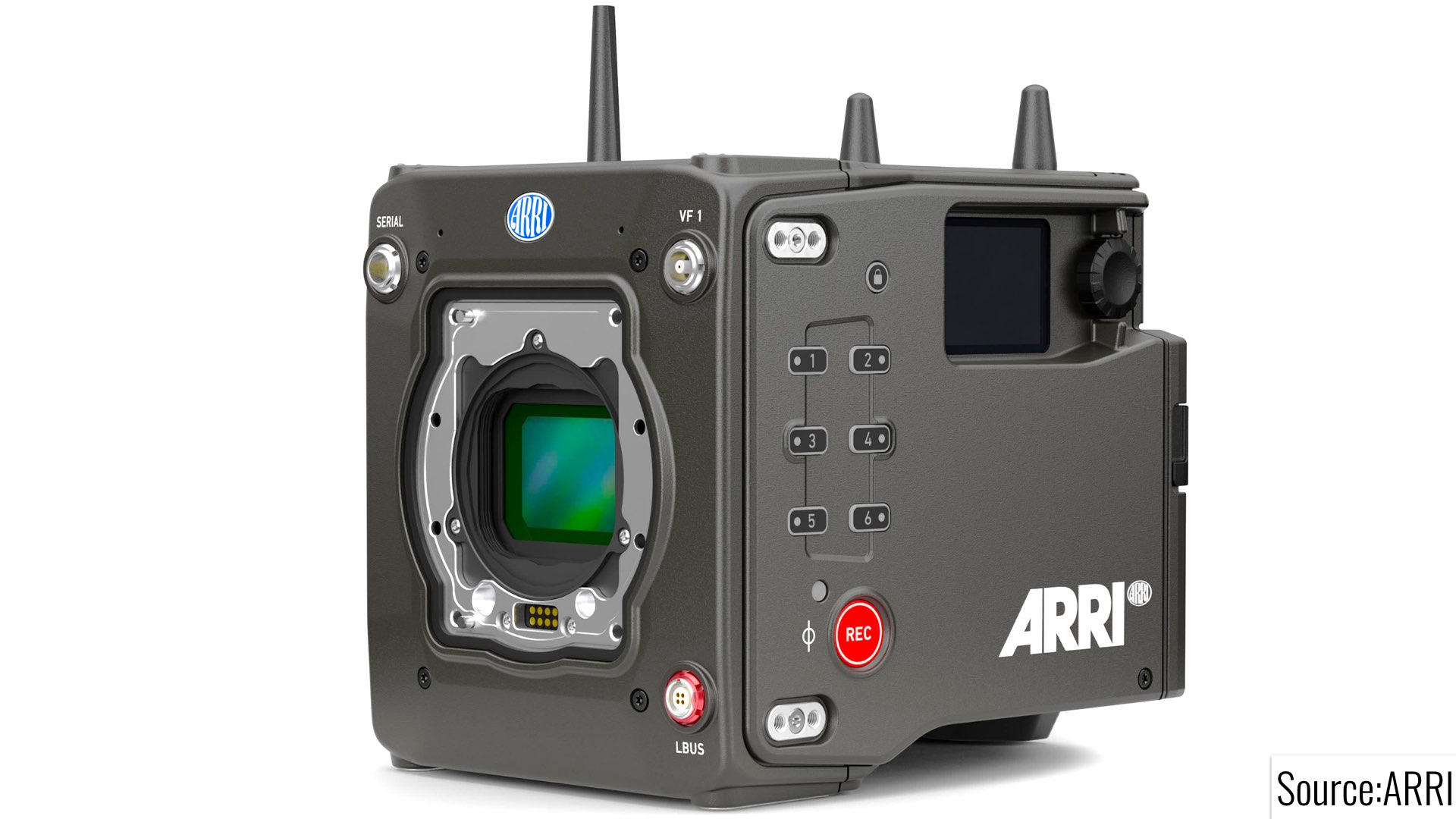
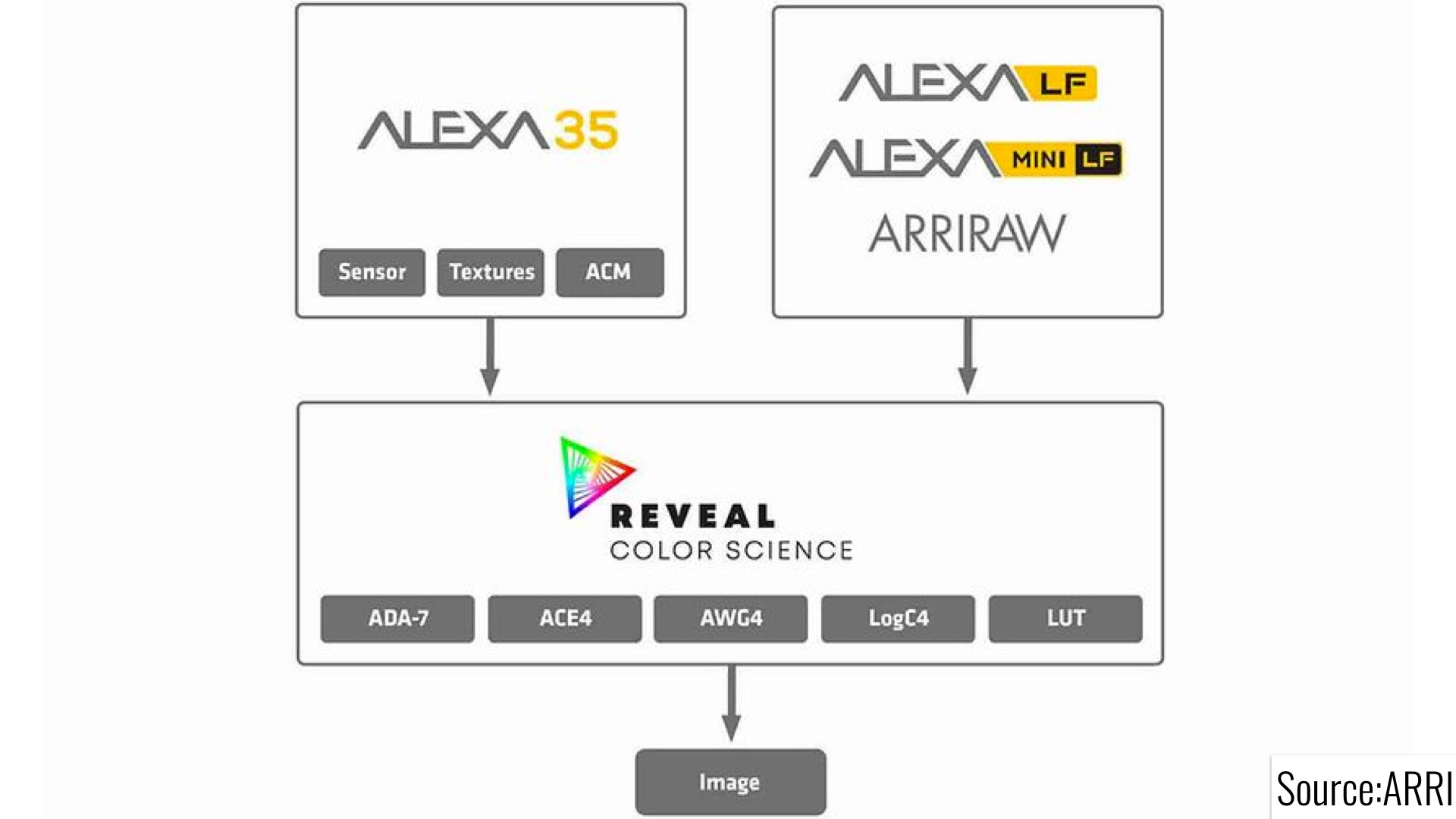
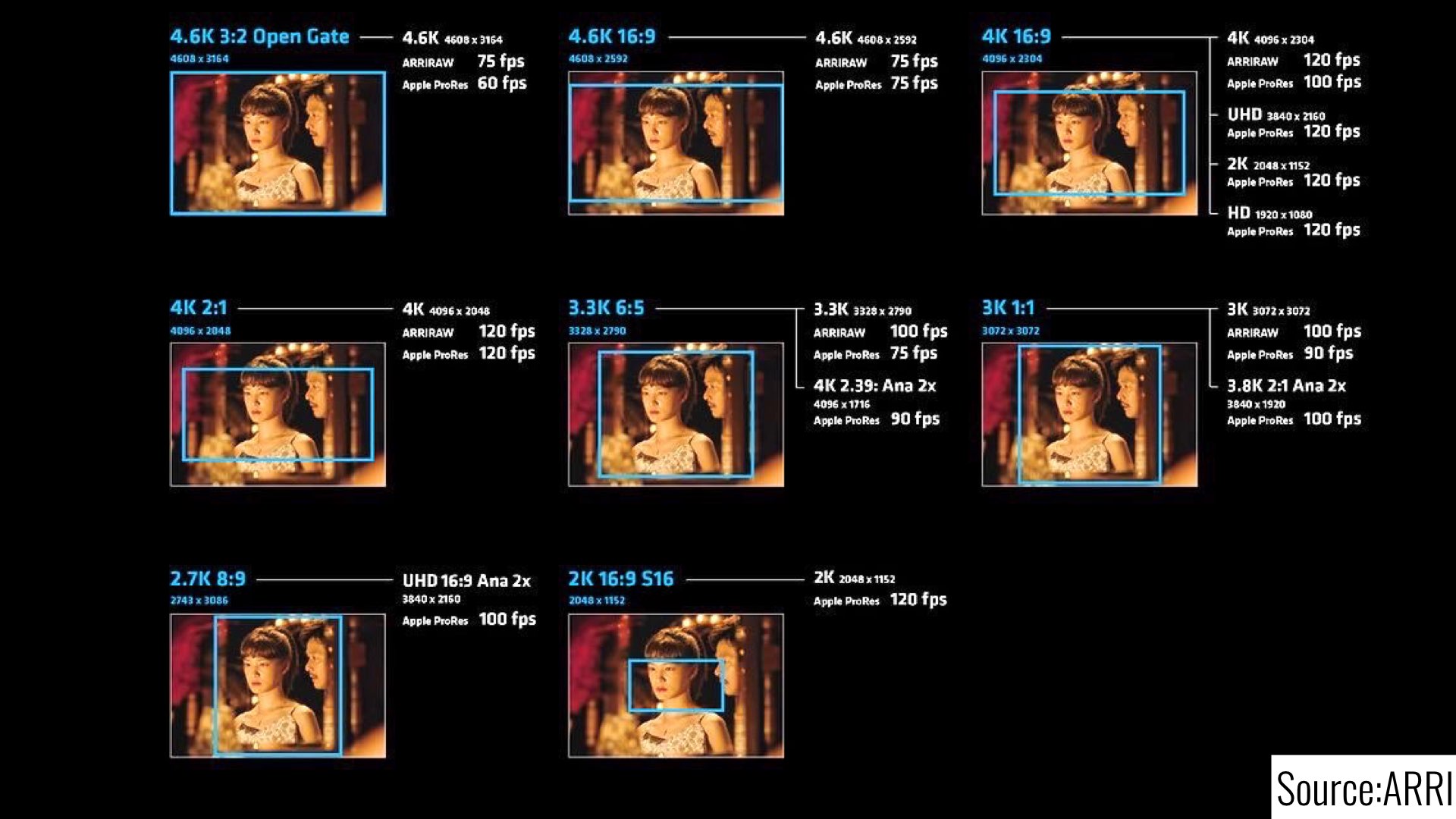
Shooting on ALEXA is almost like cheating
Francois says that shooting on ALEXA is almost like cheating. It’s a very simple to use. You just turn it on and start filming great pictures. That simplicity allows you to concentrate on crafting your story, making it more precise and intriguing. Thus, you have more time to craft the shot. However, this is not as simple as that. There’s a difference between just delivering content, to creating something beautiful. Therefore, the combination of skillsets and powerful tools is crucial to craft the best shot. On the other hand, there’s a counter-solid reference for that claim, which is the IMAX project, The Creator, which was directed by Gareth Edwards and shot on the Sony FX3, due to its simplicity and maneuverability. For that story, Edwards saw the FX3 as his “powerful tool” even more than the ALEXA. Anyway, this is a complicated debate that initiated endless discussions.
Explore Patrick Tomasso’s video below, discussing ARRI’s philosophy and goals:
Watch the article:

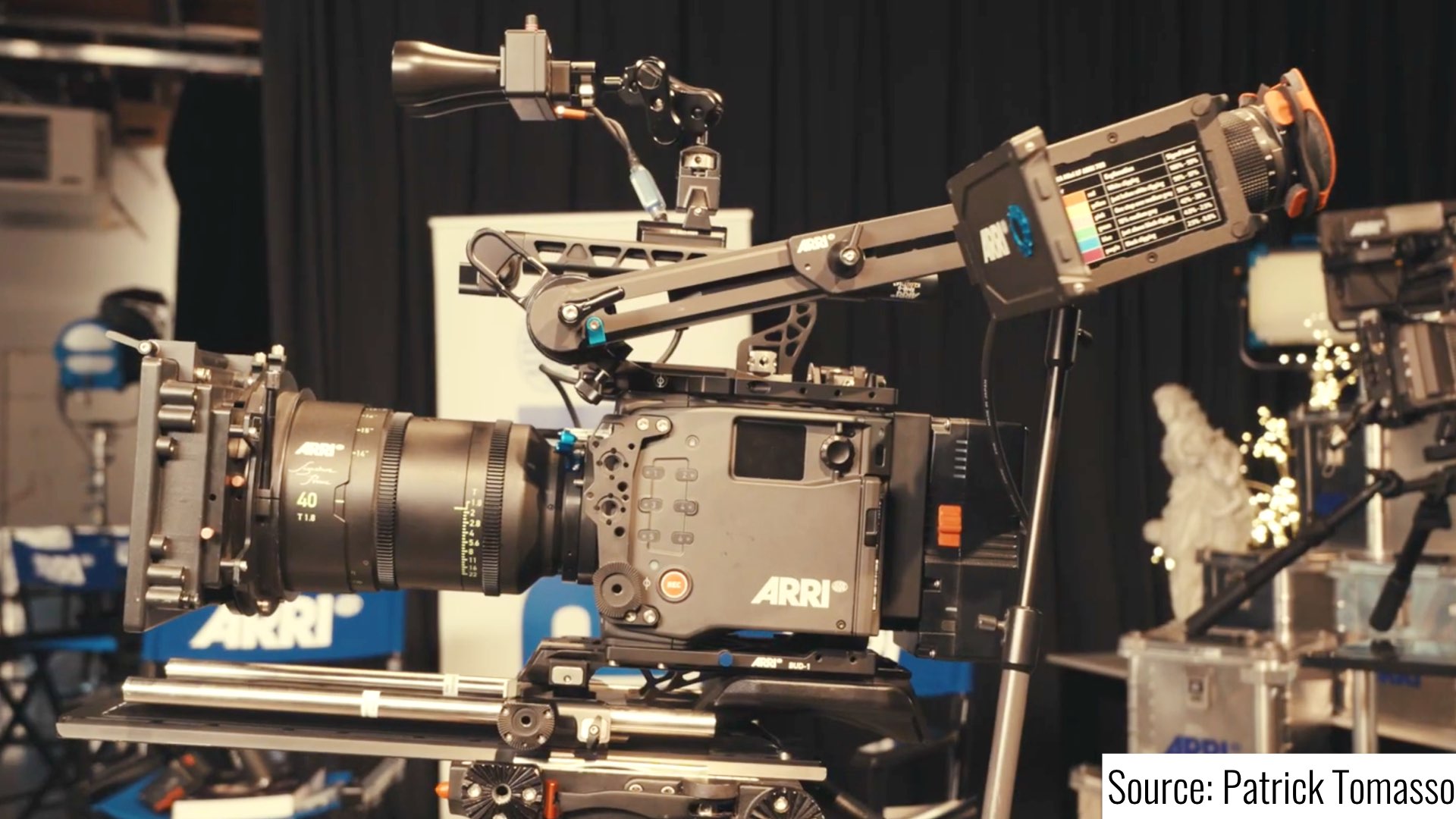





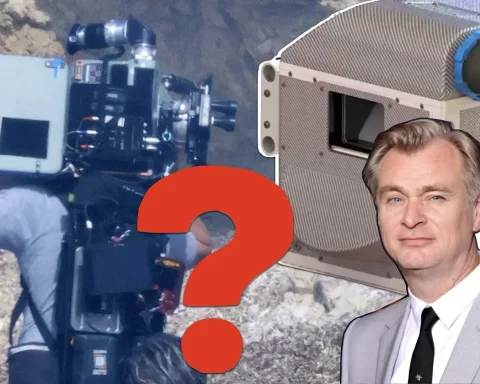

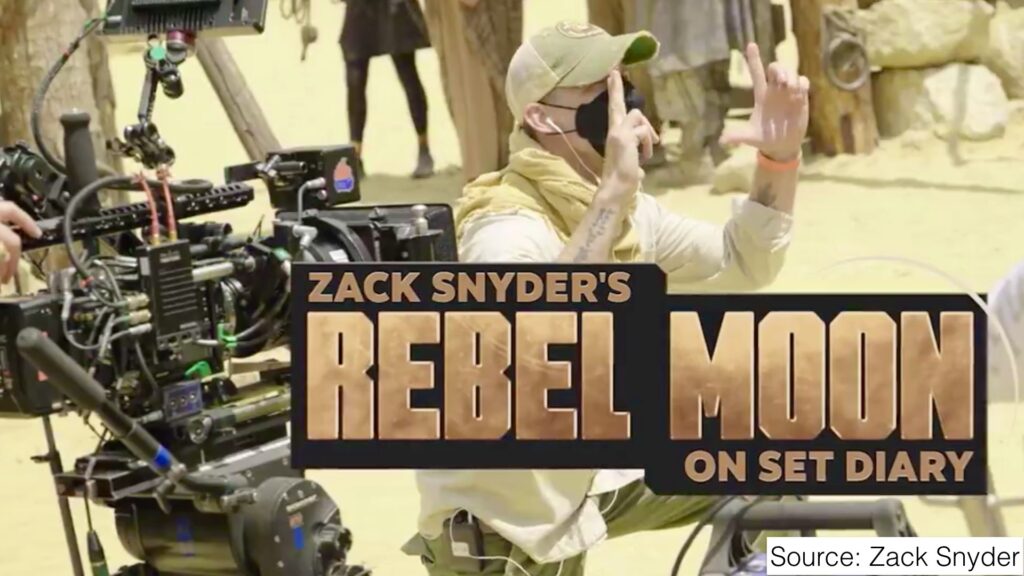
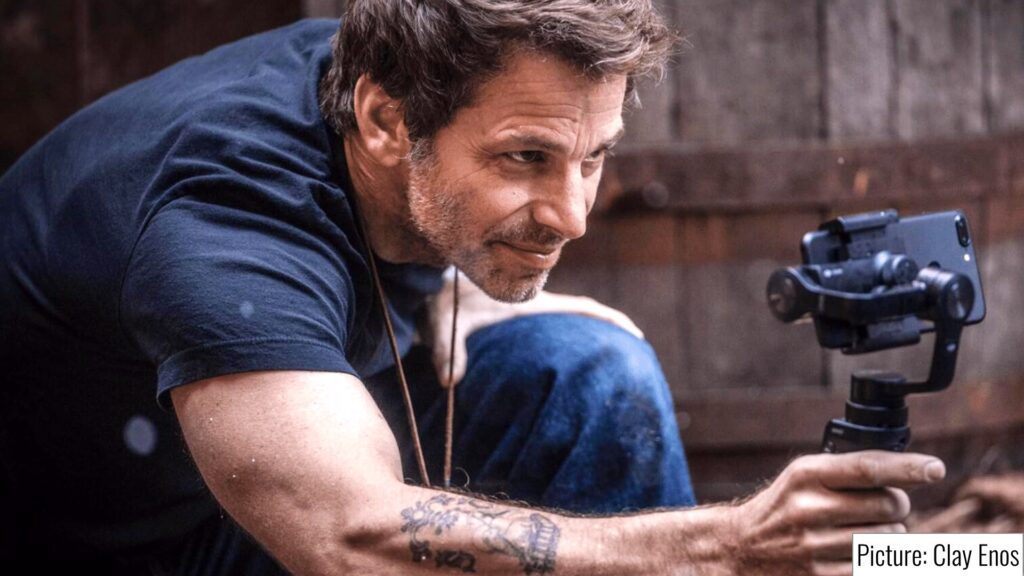
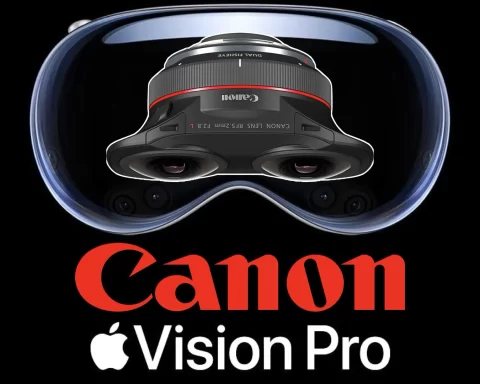
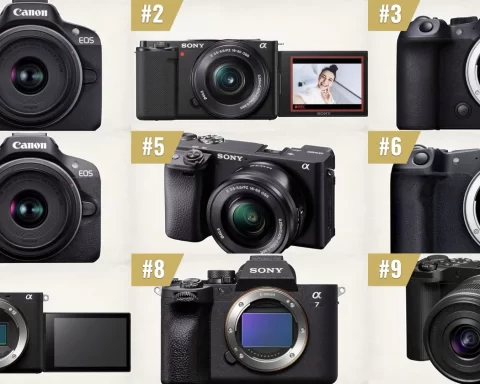


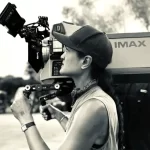
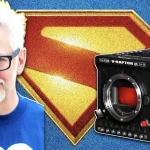
It’s still the story that reigns supreme.
Then all narrative content can be shot on Super 8 or MiniDV. Why bother with any other formats? Or maybe, just maybe, the type, style and quality of image has an important emotive impact on the story being told.